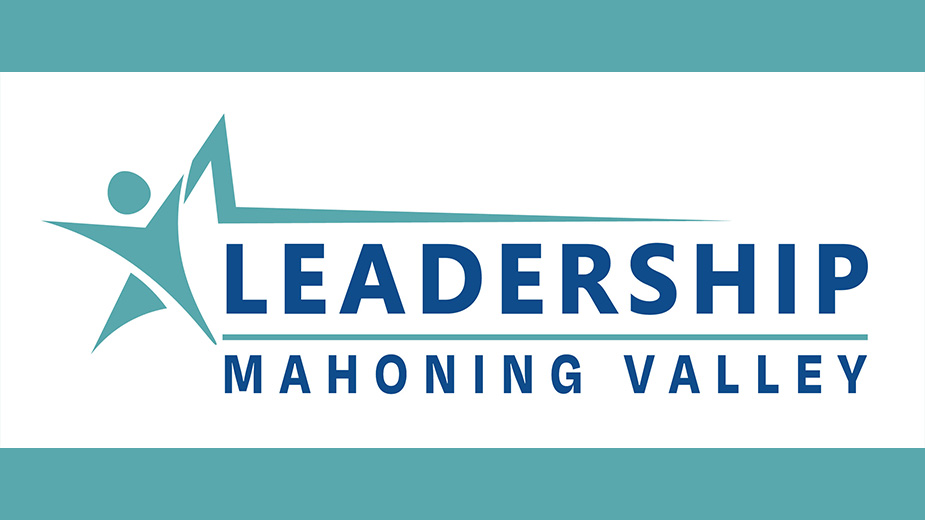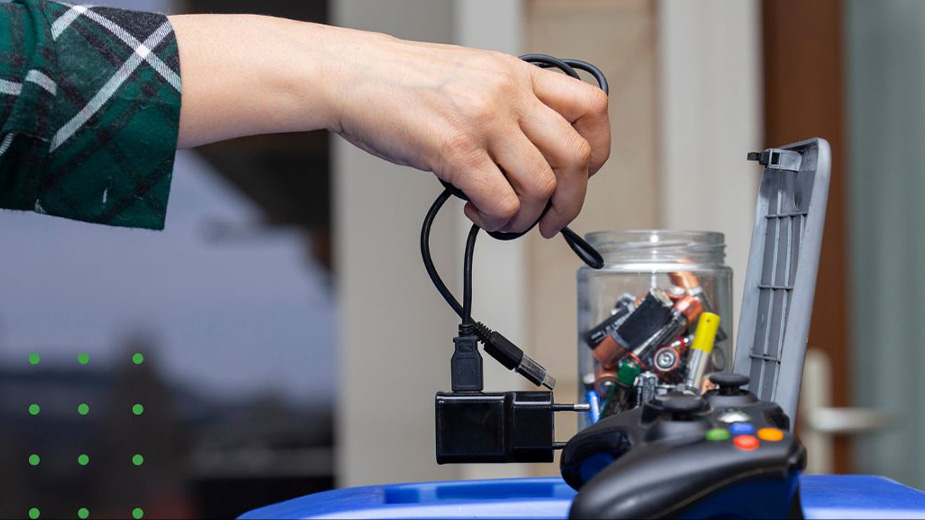HBK Outlines Business Benefits in New Stimulus Bill
By Amy M Reynallt and Ben DiGirolamo, HBK CPAs and Consultants
CANFIELD, Ohio – The newly passed round of COVID-19 relief, passed late Monday by both houses of Congress, is an omnibus bill that offers support to individuals and businesses through a variety of programs.
In addition to direct stimulus payments for qualified individuals, the bill extends unemployment benefits for 11 weeks to March 14, with $300 weekly offered by the federal government after Dec. 26, 2020.
Much of the omnibus bill centers on relief to small businesses and their employees. What follows is a summary of those benefits as compiled by Amy M Reynallt and Ben DiGirolamo from HBK CPAs and Consultants:
Employee payroll tax deferral
Congress extended the employee payroll tax deferral allowed under President Trump’s executive action on wages paid from September 1 through December 31, 2020 to April 30, 2021. In addition, the bill extends the due date for payment of those deferred taxes to December 31, 2021.
Clarification of tax treatment of forgiveness of covered loans
PPP loan forgiveness, Economic Injury Disaster Loan (EIDL) advances, and other loan payment subsidies will not be includable in taxable income. In addition, expenses paid with these loans, grants, or subsidies will now be deductible for federal income tax purposes.
Extension of FFCRA Paid Sick Leave and Expanded Family Medical Leave
The FFCRA programs required certain employers to pay sick or expanded family medical leave related to certain COVID-19 circumstances, and in return, the employer could receive a fully refundable payroll tax credit equal to those wages and qualified health insurance payments. While the program was set to expire at the end of the year, the bill extends the program – including the tax credits – through March 31, 2021.
Extended and Expanded Employee Retention Tax Credit
The Employee Retention Tax Credit (ERC) was extended through July 1, 2021, and its benefits were increased for 2021. The credit amount increased from 50% to 70%, with the employee wage limitation of $10,000 per employee now applying by quarter. To be eligible, businesses must have suffered at least a 20% (down from 50% in the CARES Act) reduction in gross receipts in the calendar quarter, as compared to the same calendar quarter in 2019. One of the most significant changes is that businesses with a PPP loan may now benefit from the ERC, however, wages included in the ERC are not forgivable PPP loan expenses
Full Deduction for Business Meals
Business expenses for food or beverages provided by a restaurant and paid or incurred after Dec. 31, 2020 and before Jan. 1, 2023 are 100% deductible.
Changes to the PPP program
With $35 billion earmarked for new borrowers, including certain 501(c) organizations who were previously ineligible, Congress made further changes to the Paycheck Protection Program. Borrowers who have not yet applied for forgiveness will find that additional non-payroll costs and the ability to select a covered period between 8 and 24 weeks are two added features of the PPP program. Borrowers with loans under $150,000 will also have a simplified application process. Further, businesses who obtained both a PPP loan and an EIDL advance will no longer see their PPP forgiveness reduced by the amount of their EIDL advance.
Additional PPP loans
A “second draw” loan will be available to certain small businesses that have been heavily affected by the COVID-19 pandemic. Generally, these businesses must have used or will use the full amount of their PPP loan, have less than 300 employees, and have experienced declines in gross receipts of 25% in any 2020 calendar quarter, as compared to the same quarter in 2019. Interested businesses should be aware that this eligibility criterion is different than in the original round of PPP funding, meaning that borrowers should carefully consider their eligibility. Eligible borrowers may apply for and receive loans up to $2 million, based on 2.5 months of average monthly payroll costs, except for certain hospitality industry businesses, who may receive loans equal to the lesser of $2 million or 3.5 months of average monthly payroll costs.
Grants for Shuttered Venue Operators
Certain live venue operators or promoters, theatrical producers, live performing arts organization operators, museum operators, motion picture theater operators, and talent representatives that meet certain requirements including a 25% reduction in revenue in a calendar quarter in 2020 as compared to the same quarter in 2019 may be eligible for grants. These grants are intended to be used for the payment of payroll costs, limited independent contractor payments, rent, utilities, mortgage interest, debt interest, certain worker protection expenses, and other maintenance, administrative, state and local tax, insurance, advertising or other costs.
Once President Trump signs the legislation, it is expected that subsequent guidance may be issued to further clarify the implementation of the provisions, changes and extensions allowed for in this bill.
SOURCE: Hill, Barth & King LLC
Copyright 2024 The Business Journal, Youngstown, Ohio.



